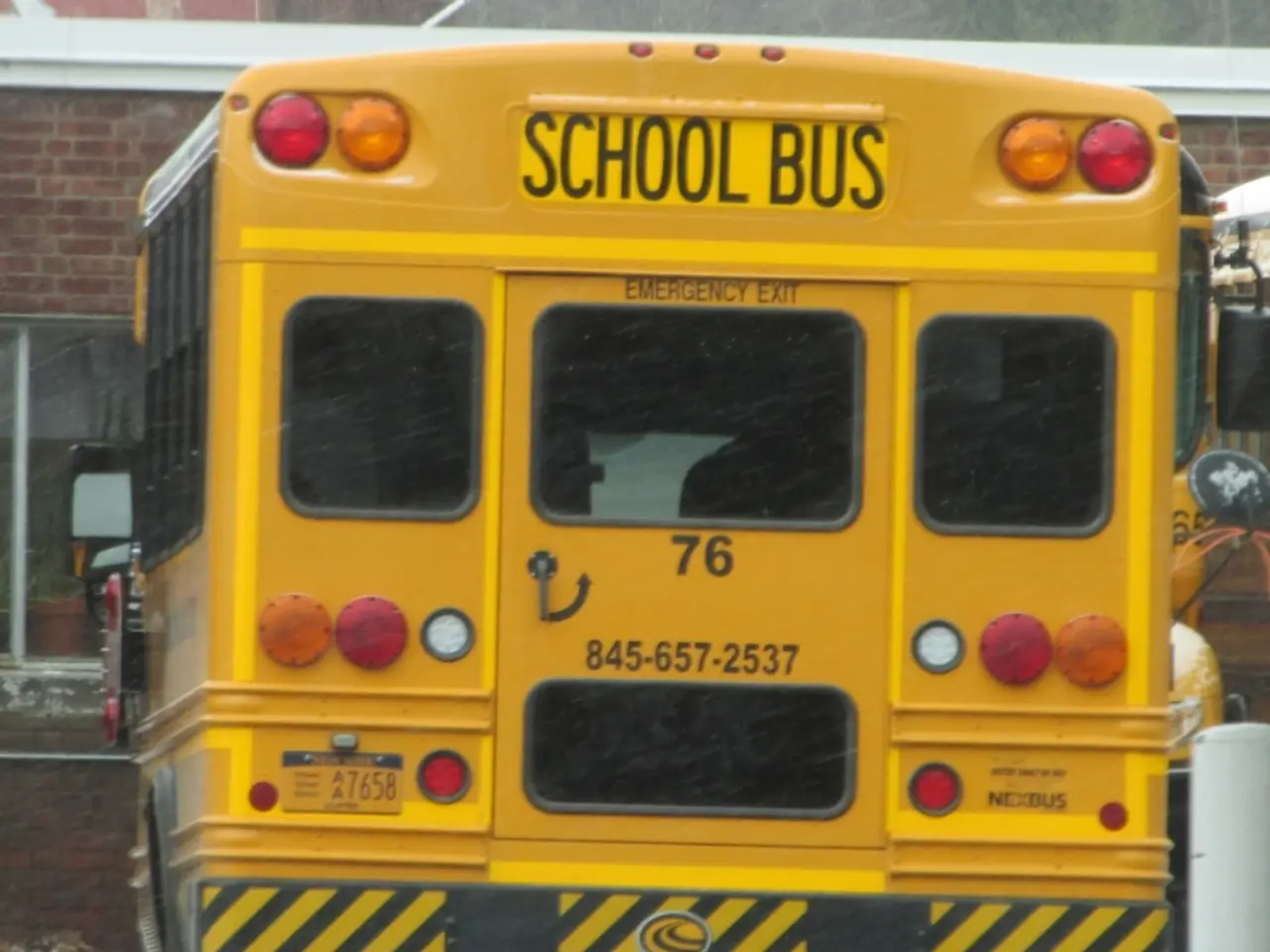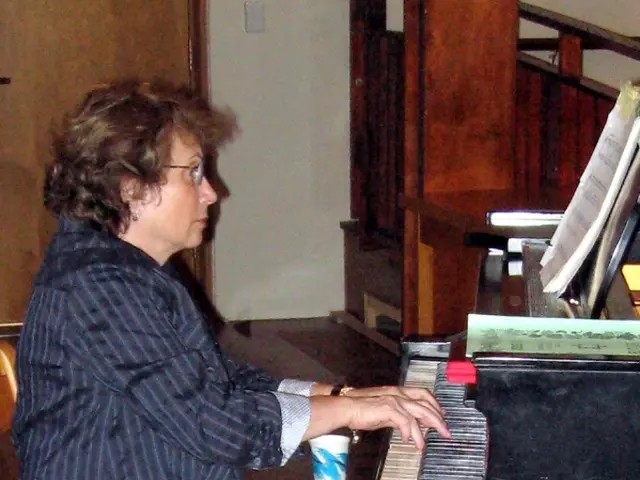The functioning of German schools is as follows.
In Germany, the decision about which type of secondary school is most suitable for children is made collaboratively by teachers and parents. This decision comes after the completion of primary education, known as Grundschule (grades 1–4, ages 6–10).
At the end of primary school, students are guided towards different secondary school tracks based on academic performance and teacher recommendations. The German secondary school system is divided into several types:
- Gymnasium: This school prepares students for university with an academic curriculum, culminating in the Abitur, the general university entrance qualification.
- Realschule: This school offers a more balanced education with both academic and vocational elements, leading to intermediate qualifications.
- Hauptschule: This school focuses on practical skills and vocational preparation, often leading to apprenticeships.
- Gesamtschule: A comprehensive school combining elements of the other three types, providing flexibility and permeability between tracks.
Compulsory education lasts nine years, covering primary school and lower secondary school stages, which include these three main school types. Transfer between types is possible based on performance and exams, ensuring permeability.
For university admission, the key qualification is the Abitur or an equivalent higher education entrance qualification (HZB). This qualification certifies that a student is eligible to enroll in universities across Germany. Other university entrance qualifications include the Fachhochschulreife for universities of applied sciences (Fachhochschulen).
Applications to universities consider the final grade of the HZB, sometimes supplemented by subject-specific grades and additional qualifications such as voluntary work or internships to enhance admission chances. In cases of admission restrictions (numerus clausus), Germany allocates about 20% of available places to applicants with longer waiting periods since earning their HZB, known as "waiting semesters."
Many university programs are taught in German, so language proficiency is also required, though some programs instruct in English.
After nine or ten years of school, young people can begin vocational training or continue their studies. After the 12th or 13th year, secondary education is completed in Germany, granting students the right to study at a university.
| Stage | Age/Grades | Focus | Outcome | |--------------------|----------------|-----------------------------------------|------------------------------------| | Grundschule | 6–10 (1–4) | Basic literacy, numeracy, science, arts| Recommendation for secondary track | | Gymnasium | 10–18 (5–12/13)| Academic, university preparation | Abitur (general university entrance)| | Realschule | 10–16 (5–10) | Balanced academic/vocational | Intermediate certificates | | Hauptschule | 10–15/16 | Practical, vocational skills | Vocational qualifications | | Gesamtschule | 10–18 | Comprehensive | Multiple qualification options |
In summary, the German secondary school system offers various paths for students, leading to university admission, vocational training, or a combination of both. The key to success is choosing the right school type based on a student's interests and academic performance.
Read also:
- Inherent Skills Know No Bounds, Yet Access to Employment Remains Unequal: Suggestions for a More Equitable Job Market of the Future
- Revealed: Top and Bottom UK Banks for Digital Banking Services
- Affordable supermarket purchases from dollar stores are not sabotaging typical American nutritional habits, according to research findings
- Impact of Chronic Stress on Cognitive Function and Brain Integrity Over Time




